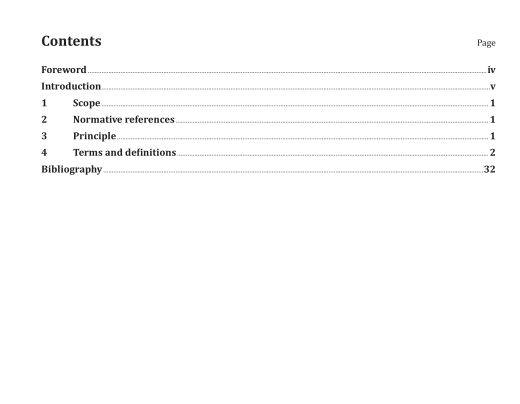ISO 16559:2014 pdf download.Solid biofuels — Terminology, definitions and descriptions (ISO 16559:2014).
This international standard determines the terminology and definitions for solid biofuels. According to the scope of the ISO/TC 238 this standard only includes raw and processed material originating from
— forestry and arboriculture,
— agriculture and horticulture,
— aquaculture
NOTE 1 Raw and processed material includes woody, herbaceous, fruit and aquatic biomass from the sectors mentioned above.
NOTE 2 Chemically treated material does not include halogenated organic compounds or heavy metals at levels higher than those in typical virgin material values or higher than typical values of the country of origin.
Materials originating from different recycling processes of end-of-life-products are not within the scope but relevant terms are included for information. Areas covered by ISO/TC28/SC7 “Liquid biofuels” and ISO/TC193 “Natural gas” are excluded.
Other standards with a different scope than this International Standard may have different definitions than this standard.
2 Normative references
The following documents, in whole or in part, are normatively referenced in this document and are indispensable for its application. For dated references, only the edition cited applies. For undated references, the latest edition of the referenced document (including any amendments) applies.
Not applicable.
3 Principle
This International Standard only contains terms used to describe solid biofuels within the scope of ISO/TC 238, see Figure 1.
Solid biofuels are produced from different sources, which are defined within the scope of ISO/TC 238 “Solid Biofuels”. Terms and definitions are categorised in a logical structure based on the fact that solid biofuels are produced from different sources and that solid biofuels are used to produce bioenergy:
— origin and source of solid biofuels in the overall supply chain,
— the different traded forms as well as the different forms of biofuels produced within the preparation processes,
— the most relevant solid biofuel properties and terms of sampling and testing as well as classification and specification
— the description of the solid biofuels itself as well as their handling and processing given in the same structure as the biomass sources
— bioenergy as the result of solid biofuel conversion Appropriate terms for sampling and testing as well as classification and specification of properties have to be defined and described together with the category source/origin, type and properties of solid biofuels.
The necessarity of terms defined in this International Technical Standard is in many cases based on the classification system of solid biofuels given in ISO 17225-1, in which the classification of solid biofuels is specified in more detail.
4 Terms and definitions
4.1 absorption
phenomenon whereby atoms, ions, or molecules from a gas, liquid, or dissolved solid permeates or is dissolved by a liquid or solid (the absorbent)
Note 1 to entry: Adsorption is a surface-based process while absorption involves the whole volume of the material.
[SOURCE: ISO 18757:2003]
4.2 adsorption
phenomenon whereby atoms, ions, or molecules from a gas, liquid, or dissolved solid adheres to a surface whereby the process creates a film of the adsorbate on the surface of the adsorbent
[SOURCE: ISO 18757:2003]
4.3 additive
material which has been intentionally introduced into the fuel feedstock to improve quality of fuel (e.g. combustion properties), to reduce emissions or to make production more efficient Note 1 to entry: Trace amounts of e.g. grease or other lubricants that are introduced into the fuel processing stream as part of normal mill operations are not considered as additives.
[SOURCE: ISO 17225-2:2014]
4.4 agrofuels
biofuels obtained from energy crops and/or agricultural by-products (agricultural residues)
[SOURCE: FAO unified bioenergy terminology (UBET)]
4.5 air dried
condition in which the solid biofuel has dried in air to equilibrium moisture content [SOURCE: ISO 1213-2:1992]
4.6 angle of repose
critical angle of repose
steepest angle of descent measured in degrees of the slope of material relative to the horizontal plane when granular material on the slope face is on the verge of sliding Note 1 to entry: The slope may be the convex perimeter of a conical pile on a flat surface.ISO 16559 pdf download.ISO 16559 pdf download
